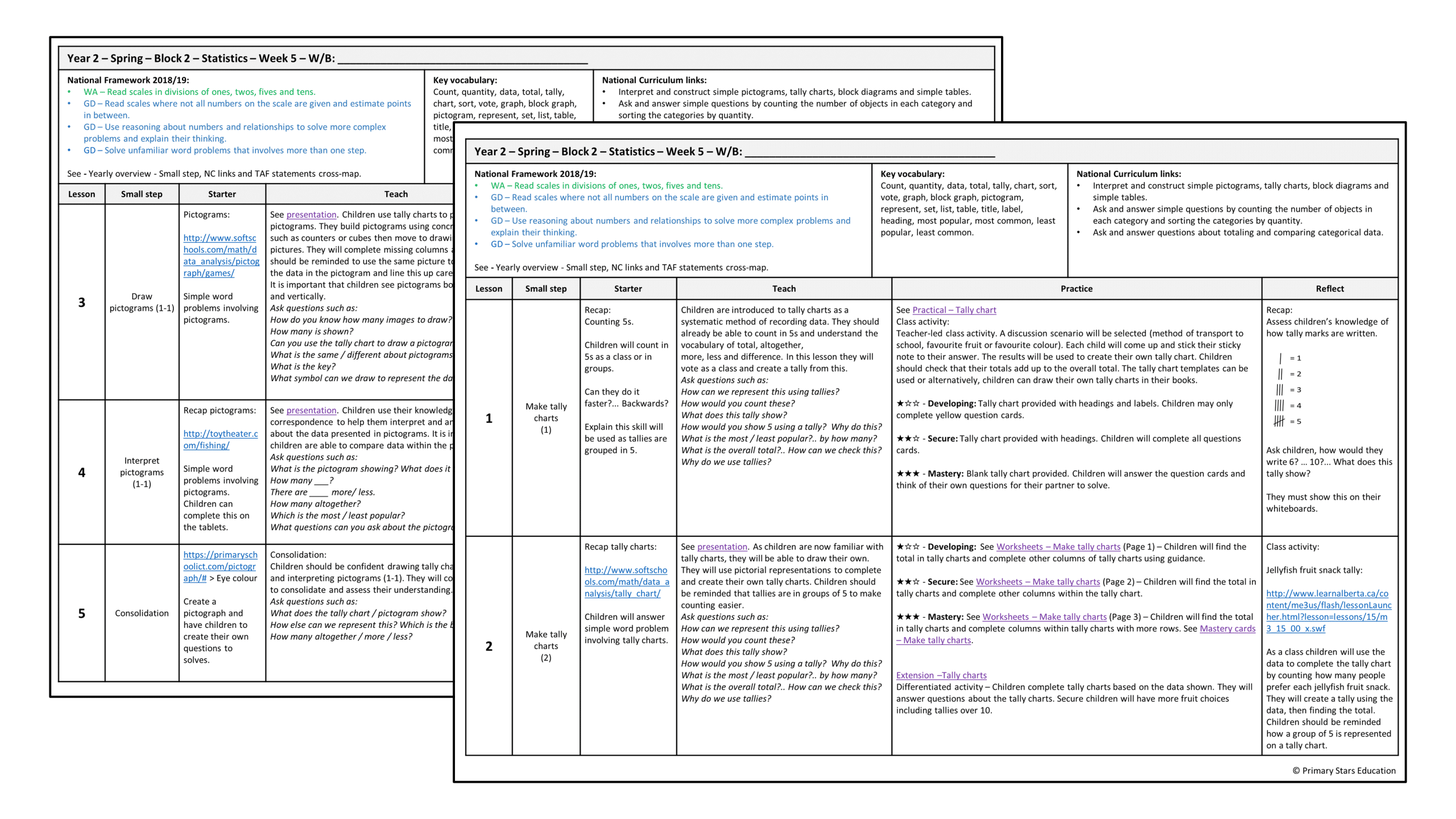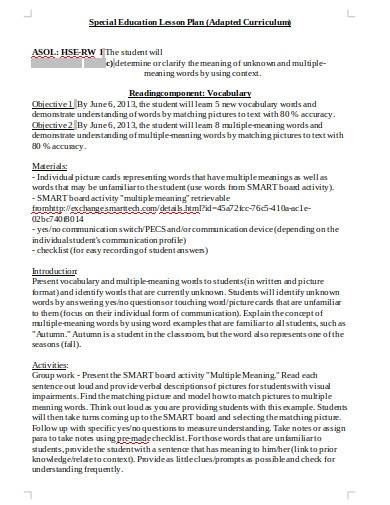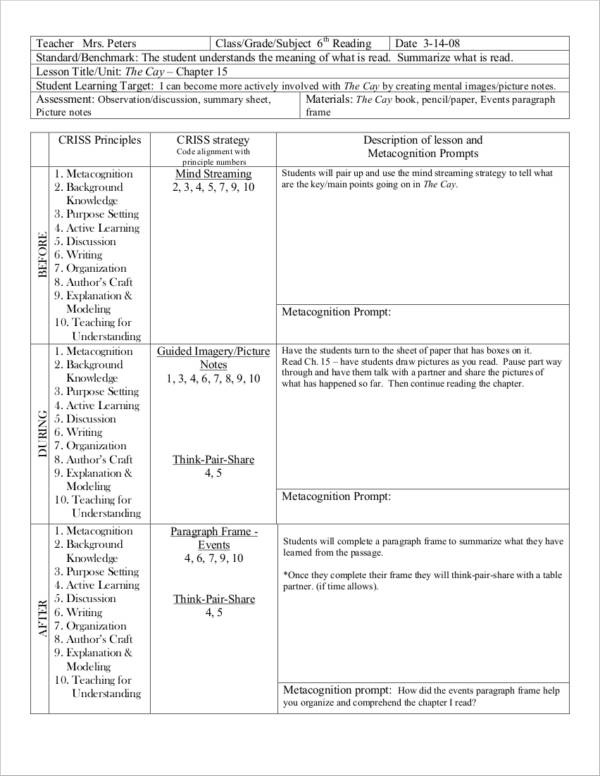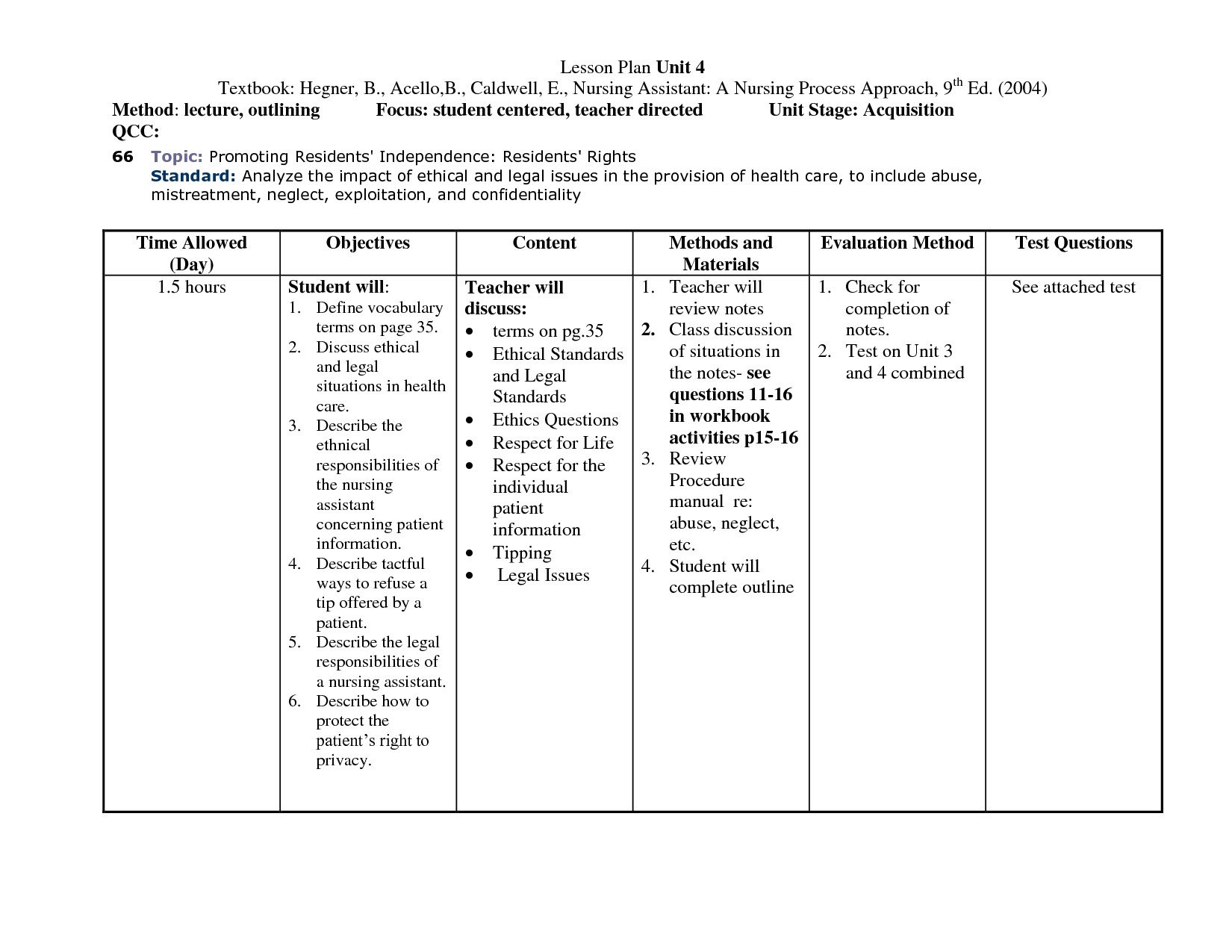
How does good time management impact our ability to help others and ourselves? How can you strategize to make better use of your time? How can you strategize to make sure you both take care of others and yourself? How does it make you feel when you don’t do what you set out to do? Are there times when it feels ok? Times when you feel badly? What makes the difference? What caused the differences you see between the time you anticipated/estimated spending on each activity and the time you actually spent on each activity? Have a discussion focused on the following questions: Identify similarities and differences between the actual log and their estimates. At the end of the week, compare the actual time log with the Time Management Activity they completed at the beginning of this lesson. Next Steps (20 minutes)Īsk students to create a time log for themselves for the coming week. They will work together to identify three strategies they will use to align their time with their priorities. Ask students to share with the class strategies they’ve identified either during their individual or group work. Students will discuss the benefits and challenges of using each strategy. Who can support you in managing your time well? What can you do to plan your time so that it reflects your most important priorities and so you feel good about the way you spend it? Maximize “in-between” moments by putting down your phone and instead doing what matters most to you Make a three category priority list and include your priorities in your weekly planner before you include other tasks and appointments Write the family holiday letter to identify your top priorities

#Lesson planner edu how to
Students will then engage with a Ted Talk by Laura Vanderkam titled, “ How to Gain Control of Your Free Time.” While watching the video, encourage the class to take note of strategies they hear Laura Vanderkam list: If you could do anything with your time, what would it be?

When/how do you practice self-care? Is this enough time? Too little? Too much? How much time do you spend “giving back” to others (including your family, school, or community)? Do you think you spend too much time caring for others? Do you feel like you spend the right amount of time? If you don’t feel like you spend enough time caring for others, how might you spend more time? What are your top three priorities on a day-to-day basis? What should they be? How do you spend each hour of the day? How would you like to spend a typical day? Why/how are these answers different? How do you spend your hours overall during the week? How would you like to spend a typical week? Why/how are these answers different?
#Lesson planner edu pdf
We will identify some strategies to maximize time for things that are important for us to be caring, gratified, and engaged individuals.” Warm Up (5 minutes)Īsk students to individually complete the “ Time Management Activity for Students.” (An easy to print version of this worksheet is available in this PDF of the full lesson plan.) As they reflect on and record how they use their time, students should consider the following: Tell them: “Today we are going to reflect upon how we spend the time available to us. Introduce the Strategy (2 minutes)īegin by introducing the lesson to students. Review the video and test your technology. Get an overview of various instructional objectives and gain tips for composing effective objectives that are focused on the results of your instruction.Lesson Plan Advanced Preparation (15 minutes) Learn how to develop specific, measurable, attainable, realistic, and timely/tangible goals.


#Lesson planner edu series
This rubric assesses the overall understandings and objectives of an entire unit, or series of lessons, including the learning and assessment tasks that effectively measure the unit’s objectives. Understand the grading criteria for your lesson planning assignments. Within 48 hours of teaching a lesson, complete this lesson reflection by answering the following questions. An annotated lesson plan is available as a guide to help you use the template successfully. Use this template to articulate the goals and objectives of your lesson plan, evaluate your data, describe your instruction and activities, and reflect. This book is intended to serve as a resource for beginning teachers as they master the art of effective lesson planning and for experienced teachers as they revisit the components of lesson planning that become second nature over time. The following resources will help you become more intentional about determining a lesson’s purpose and the instructional process you’ll use to best meet your students’ needs. As a teacher candidate, you will prepare comprehensive lesson plans that foster the process of planning effective instruction.


 0 kommentar(er)
0 kommentar(er)
